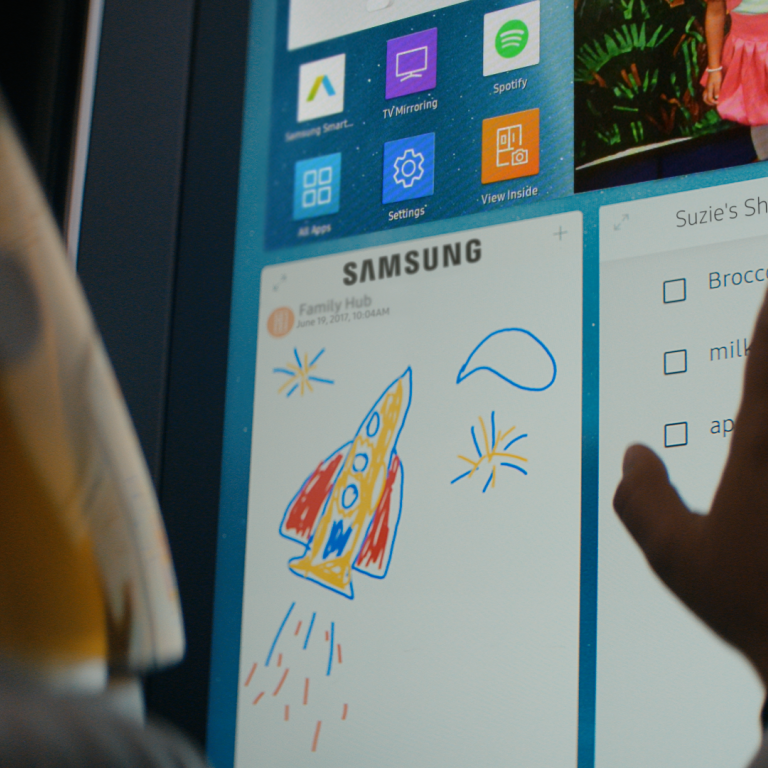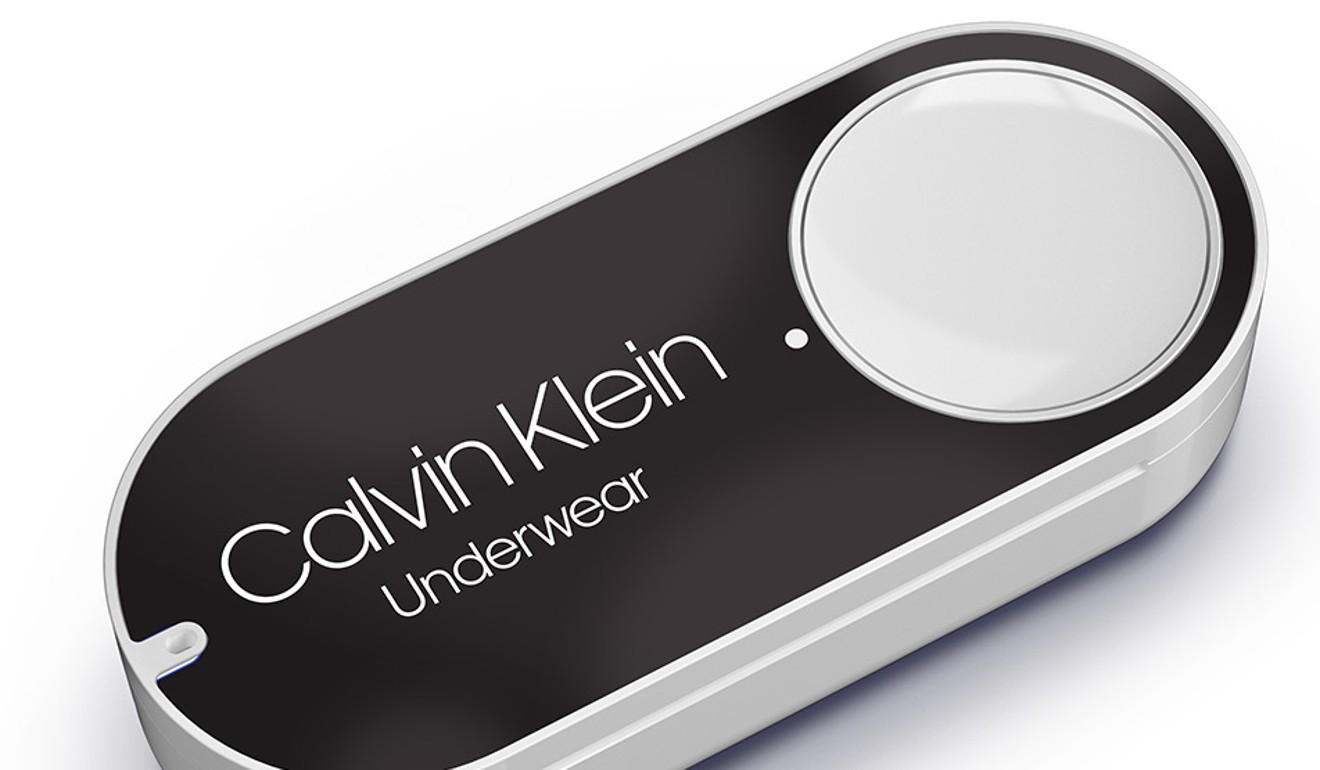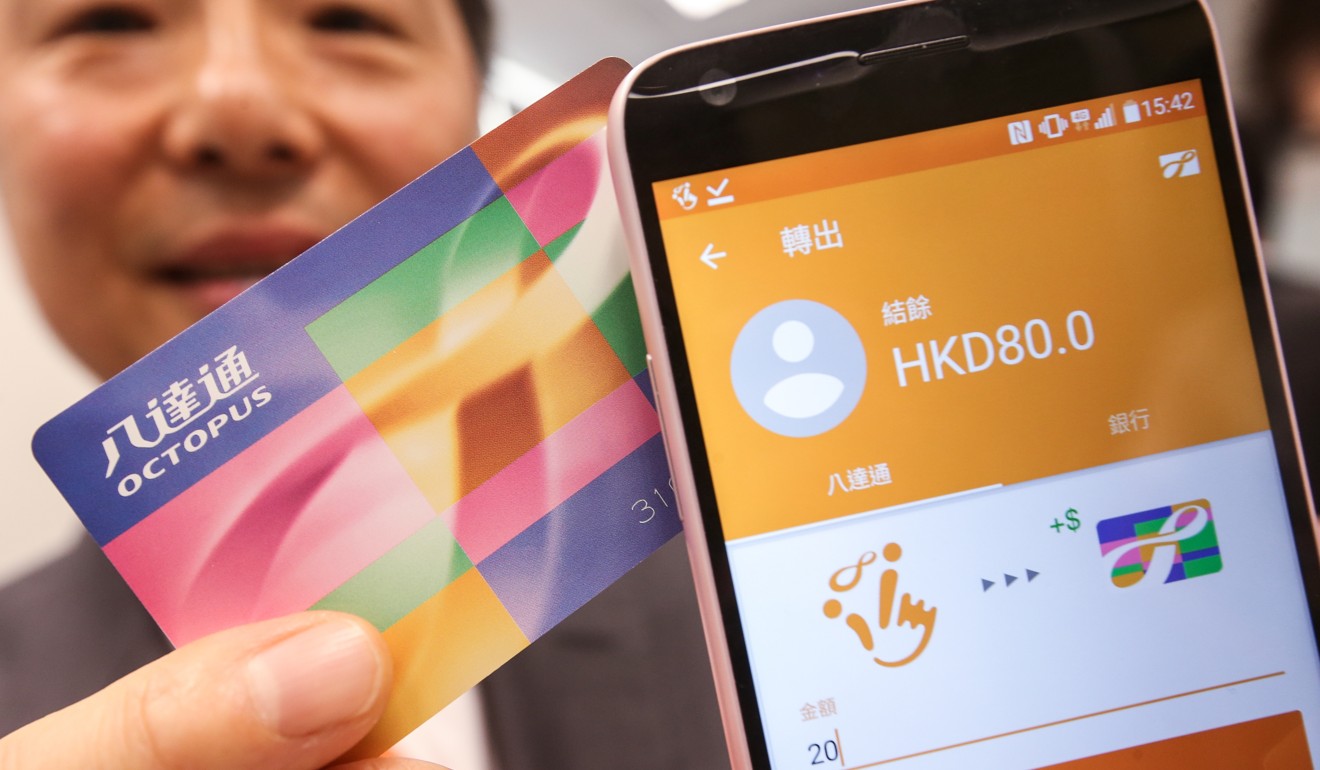
New technologies redefine the shopping experience
Consumers are embracing the hi-tech developments that are changing the way we select and buy our goods
Unlike shoppers in mainland China, Hongkongers have so far yet to fully embrace buying goods online, despite being so digitally well-connected.
In its report published last year, “Outlook for e-commerce in Hong Kong”, KPMG noted that this is hardly surprising, given Hong Kong’s high-population density, and the large number of easily accessible outlets across the city.
But, while Hongkongers will always love their malls, the report predicts that Hong Kong consumers’ enthusiasm for online shopping will grow, due to their strong affection for mobile and other technology.
Vendors, meanwhile, are leveraging technology to help consumers part with their money in ever more efficient ways. Here, m-commerce (transactions conducted by mobile phone) enters the fray.
Almost half of the respondents quizzed by KPMG for its research said they planned to make more purchases via smartphone in the next two years.

More connected devices coming to market offer shortcuts that avoid even having to go to a supplier’s website – let alone a physical store – in order to buy a product. Samsung, for instance, now has 10 models of refrigerator which enable you look inside via a smartphone app, build a shopping list, and place an order using Instacart app or Groceries by MasterCard.

Whirlpool developed laundry and kitchen appliances that sync with an Amazon account to automatically replenish washing supplies when they’re running low – but now Amazon has options of its own. Its growing range of Dash smart buttons enables householders to order hundreds of everyday household products – from baby nappies to designer underwear – at the tap of a finger. (Fact: US customers have bought more than the weight of eight blue whales – that’s 900 tonnes – of laundry detergent via a Dash button).

But who wants to shop for items individually? The recently released Amazon Dash Wand with Alexa eliminates that tedium. You simply scoot about the house scanning barcodes or speaking into a hand-held until your shopping basket is complete.
Even more convenient is the digital wallet. In Hong Kong, we’ve had one for years in the form of the Octopus card – but now there are more players in this e-space, including O! ePay, an advanced network and mobile payment service from Octopus.

Competition for online payment services is set to intensify, with 13 providers – including Alipay Wallet, WeChat Pay and Tap &Go – run by PCCW’s HKT – losing no time in seizing market share after also securing licences.
IoT adoption is not just limited to commerce in the direct way; it will be more implicit in all various aspects
Yet, according to a recent MasterCard survey, even that’s not fast enough for many. In Asia-Pacific, which leads the world when it comes to digital wallet usage, consumers crave new technologies to make shopping faster, easier and more secure. When asked about emerging technologies, virtual reality generated the most positive sentiment globally and in Asia-Pacific (100 per cent positive), as shoppers imagine completing a purchase with the simple nod of their head.
Going forward, Dr Benjamin Yen, associate director, Asian Case Research Center (ACRC), faculty of business and economics at the University of Hong Kong, expects the internet of things (IoT) to increasingly influence consumer spending.
The adoption IoT, Yen says, can help consumers with each step of shopping at both online and offline stores for all kinds of commodity products. Customer convenience aside, vendors can gain insights into their future needs – an opportunity for “service enhancement”.
“Personally, I think the shopping process can be further simplified and ‘shopping intelligence’ enhanced,” Yen says. “For example, once consumers select products from a mobile device or at an e-store, this information could be integrated on a personal shopping dashboard to issue the order (or re-order), make a payment, record the history, or share the experience.”
He agrees that “it will be interesting to include AR [augmented reality]/VR [virtual reality] functions to the device to further enhance the shopping experience”.
Of course, consumers are also concerned about privacy and security issues, as they are with all the different kinds of new technologies they use.
However, according to Yen, it is hard to say whether and when IoT connected commerce will become widely available in this region.
“IoT adoption is not just limited to commerce in the direct way; it will be more implicit in all various aspects,” he explains. “The adoption itself is not the only issue to be considered – the platform or other infrastructures [such as cloud and business analytics] for IoT are also essential for the success of its application.”
However, China is not only the largest but also the most competitive market in the world, he adds.
“In the last two decades, e-commerce has grown exponentially. The players mimic, explore, and innovate ideas – for example, JD is cloning Amazon’s Dash buttons, while Alibaba, which owns the South China Morning Post, and its staffless store is taking on Amazon Go. One big challenge for IoT adoption of connected commerce is to have the logistics infrastructure ready.”

